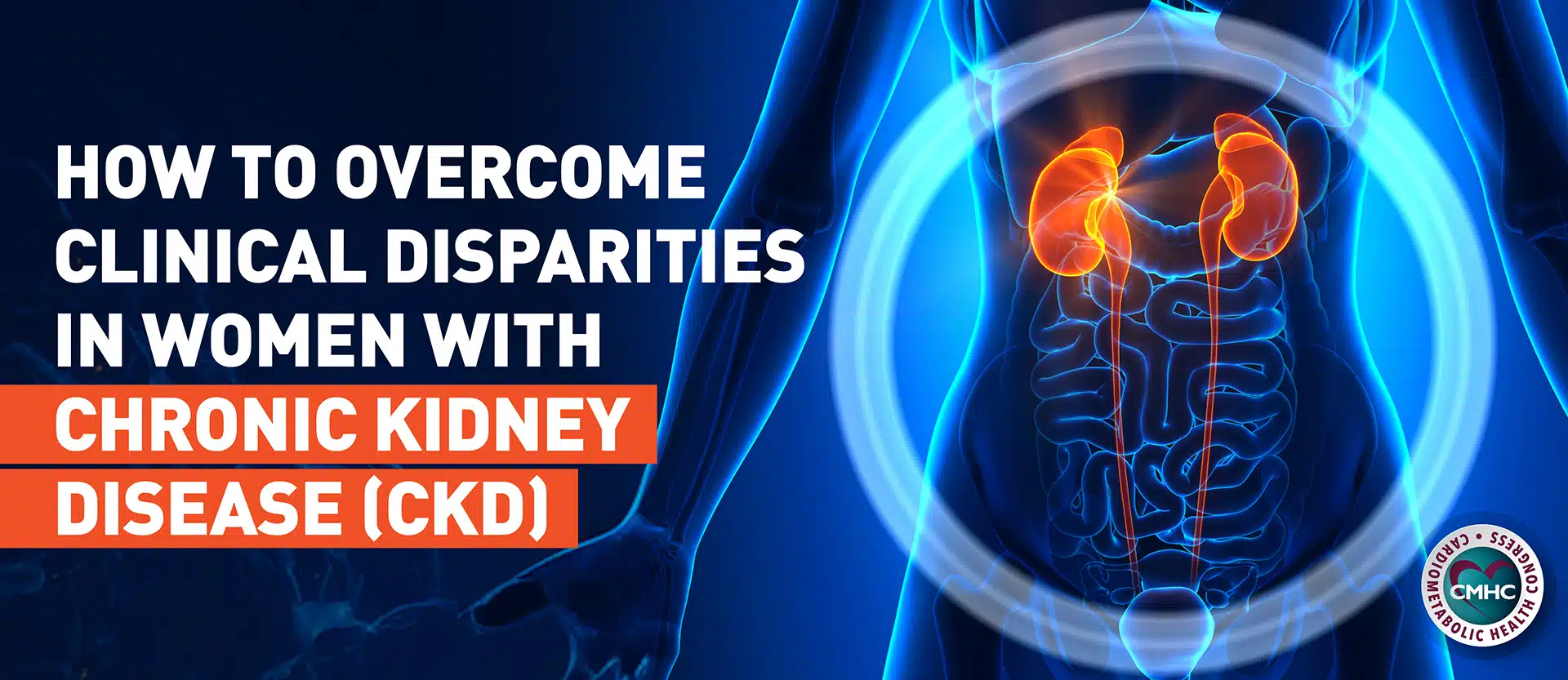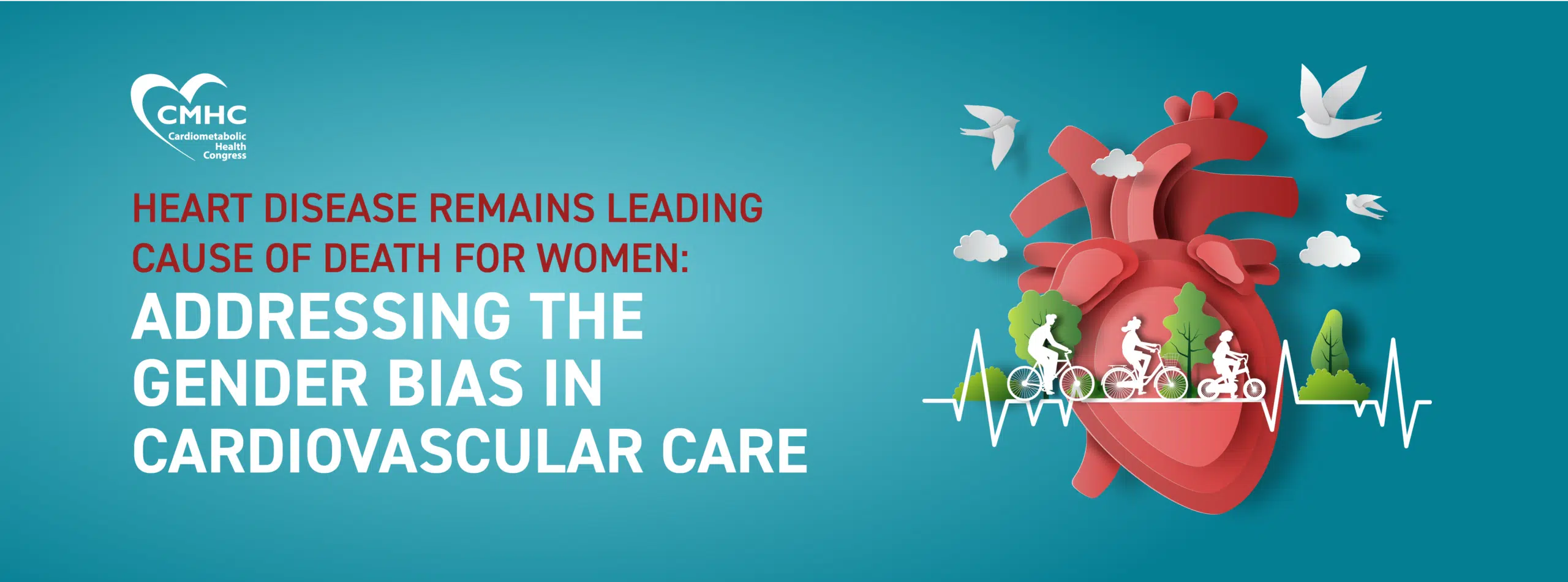As married couples and domestic partners have been reported to share similar environments, adopt similar behavior and lifestyle habits, and have similar transferable characteristics, they are also likely to share similar levels of cardiovascular risk factors. Environmental exposures, low physical activity levels, smoking status, and unhealthy dietary habits, are all risk factors for cardiovascular disease (CV) which couples may share. However, the degree to which couples have similar levels of behavioral and health risk factors remains unknown.
An emerging study published in JAMA Network Open reveals that most couples are concordant in cardiovascular risk factors with the majority ranking poorly across categories.
CV Risk Factors in Couples
Led by Dov Shiffman, PhD, from Quest Diagnostics Nichols Institute in San Juan Capistrano, California, the study’s authors examined within couple concordance for the American Heart Association Life’s Simple 7 risk factors: smoking status, physical activity, healthy diet, total cholesterol, blood pressure, fasting blood glucose, and body mass index.
The study population was comprised of men ranging from 41 to 57 years of age and women from 39 to 55 years of age; this is important to note as CV factors tend to worsen with age while the risk for cardiovascular diseases increases with age as well.
The team of researchers assessed those cardiovascular risk factors and lifestyle behaviors in nearly 5,400 U.S. couples enrolled in an employee wellness program representing a diverse economic and racial population. They assessed health status through questionnaires, exams, and lab tests. The researchers also performed five risk assessments that continued for several years. Participants’ results were categorized individually and as a couple as either poor, intermediate, or ideal for each risk factor category and overall.
Shared Habits, Behaviors, and Environments
Data from the study revealed that approximately 1 in 5 couples were both classified as ideal while the remaining 4 out of 5 couples were in the non-ideal category. Over half of the participants were in the ideal category for smoking status, total cholesterol, and fasting blood glucose. At the same time, more than a quarter of the cohort rated poor for BMI and adequate exercise risk factors.
The researchers reported that most couples shared categories; both members were either in the ideal category or in the non-ideal category. However, concordance varied between 53% and 95% for cholesterol and dietary choices, respectively. Nonetheless, the study’s findings point to a significant correlation between partners’ health in married couples and domestic partners.
As evidenced by the latest findings, individuals tend to have marital and domestic partners who are similar to them in lifestyle, interests, socioeconomic status, and behavioral habits. This increases the likelihood of similarities in cardiovascular health risk factors and outcomes. The high concordance noted for non-ideal CV risk factors and behaviors within couples implies that behavioral interventions may benefit both members of the couple, regardless of which member is targeted by the intervention.
“These observations may help inform public health initiatives that focus on couples-targeted lifestyle modification and may help improve the probability of successful implementation of programs that would benefit both members of a couple,” the authors concluded.


















